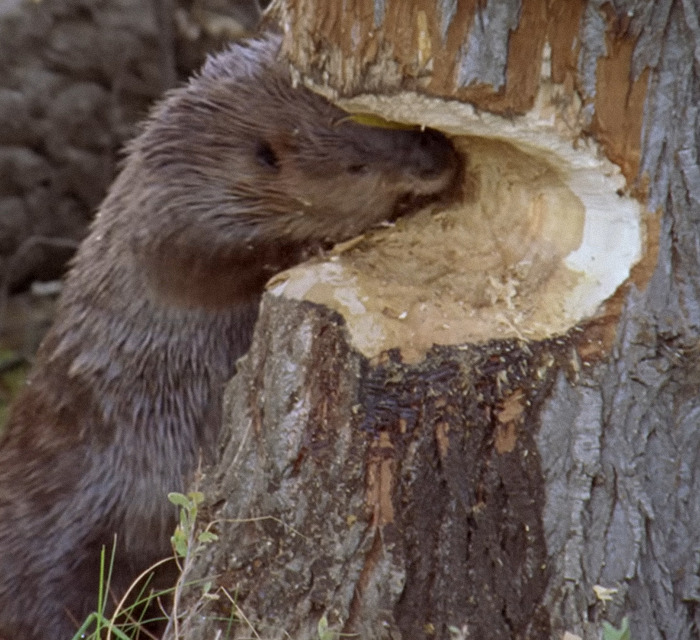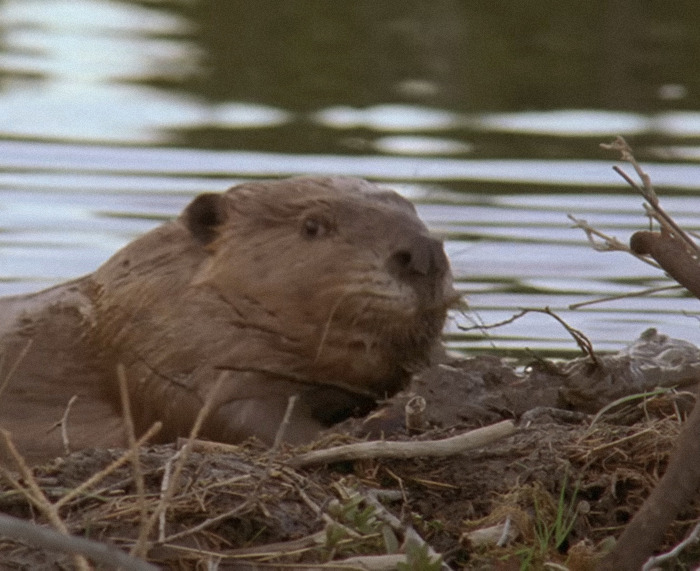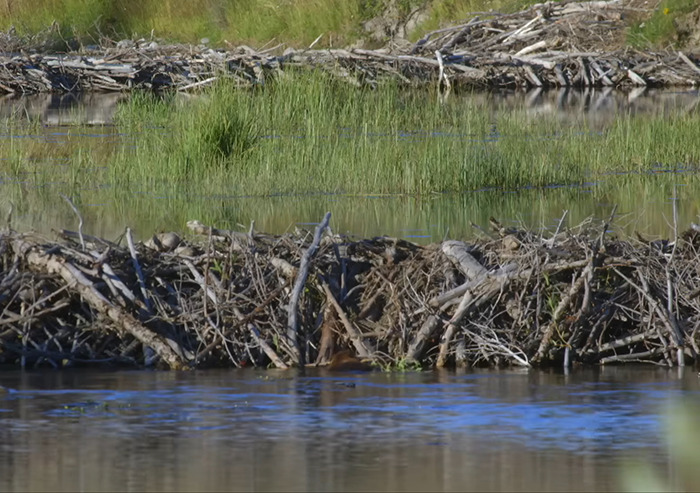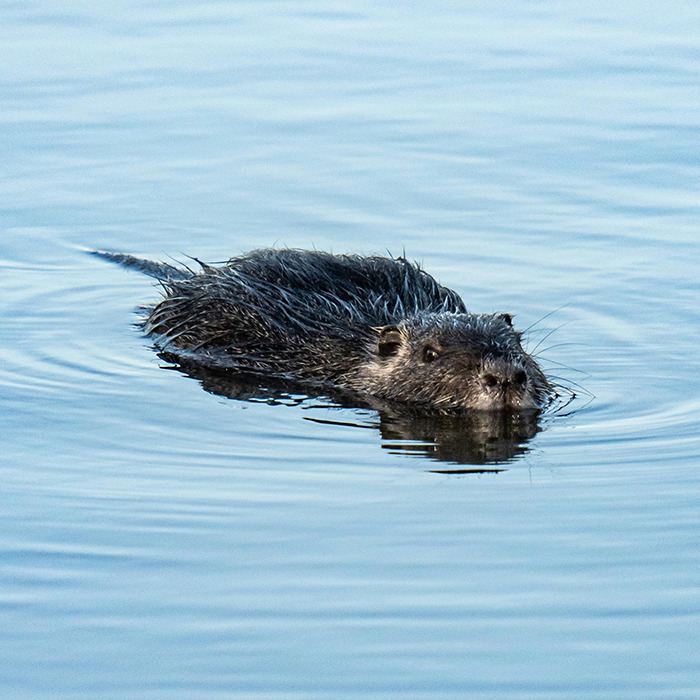People Stunned As Beavers Complete $1.2M Project That Government Couldn’t In 7 Years
A beaver colony surprised officials in the Czech Republic by building a dam that would have otherwise cost them over a million dollars.
Government officials in the Brdy region had reportedly received approval to allocate 30 million crowns (approx. 1.2 million dollars) to the project, which was conceived as a solution to address water issues in the protected area.
- A beaver colony built a dam in the Czech Republic, saving the government $1.2 million.
- Seven years after starting the project, officials were unable to acquire a building permit that would allow them to complete the dam.
- Eight beavers are believed to have completed the dam in only a few weeks.
However, after seven years, officials were unable to acquire the permits to continue building the dam.
One morning, they woke up to find that eight rodents had already done the job.
Eight beavers completed a dam that officials in the Czech Republic had been unable to finish in seven years

Image credits: Terra Mater
Image credits: Marco Oriolesi/Unsplash
“The Military Forest Management and the Vltava River Basin were negotiating with each other to set up the project and address issues regarding ownership of land. The beavers beat them to it, saving us CZK 30 million,” said Bohumil Fišer, the head of the Brdy Protected Landscape Area Administration.
“They built the dams without any project documentation and for free.”
While the discovery occurred overnight, it’s likely that the eight beavers took longer than a day to complete the structure, Gerhard Schwab, beaver manager for the southern part of Bavaria, told National Geographic.
Image credits: BBC Earth
Schwab told the nature magazine that he believes the construction took a few weeks and no one noticed the work until it was completed.
Beavers are ecosystem engineers, meaning they modify their habitat and have a large impact on the landscape and other species.
In addition to providing protection from predators, beaver dams create habitats for multiple species, including fish, aquatic insects, herons, and mammals like moose and bison.
Though the government had approved $1.2 million for the dam, the project was halted after seven years because officials were unable to acquire building permits
Image credits: Getty Images/Unsplash
Image credits: BBC Earth
Their impressive work—completed by using mud, rocks, and wood—can also serve as natural firebreaks and provide flooding control, as per National Geographic.
For instance, in the summer of 2018, after the Sharps Fire in Idaho, USA, valleys where beaver colonies roamed remained protected from the blaze.
“Beavers always know best,” said Jaroslav Obermajer, head of the Central Bohemian office of the Czech Nature and Landscape Protection Agency (AOPK).
“The places where they build dams are always chosen just right—better than when we design it on paper.”
Built with mud, rocks, and wood, beaver dams provide protection and create habitats for multiple species
Image credits: SLICE
Once on the brink of extinction due to hunting, Eurasian beavers are now reportedly protected, with their role in the habitat recognized in the Czech Republic.
The largest beaver dam can be found in Wood Buffalo National Park in Canada. It’s almost 800 meters long (approx. 2620 ft, the length of seven football fields) and holds back run-off water from the Birch Mountains.
Image credits: Vladimir Srajber/Pexels (Not the actual photo)
Given the size of the dam, it’s believed to be the work of multiple generations of beavers in the park.
According to its official site, the Wood Buffalo Dam is so large that it can be seen from space.















10
Share